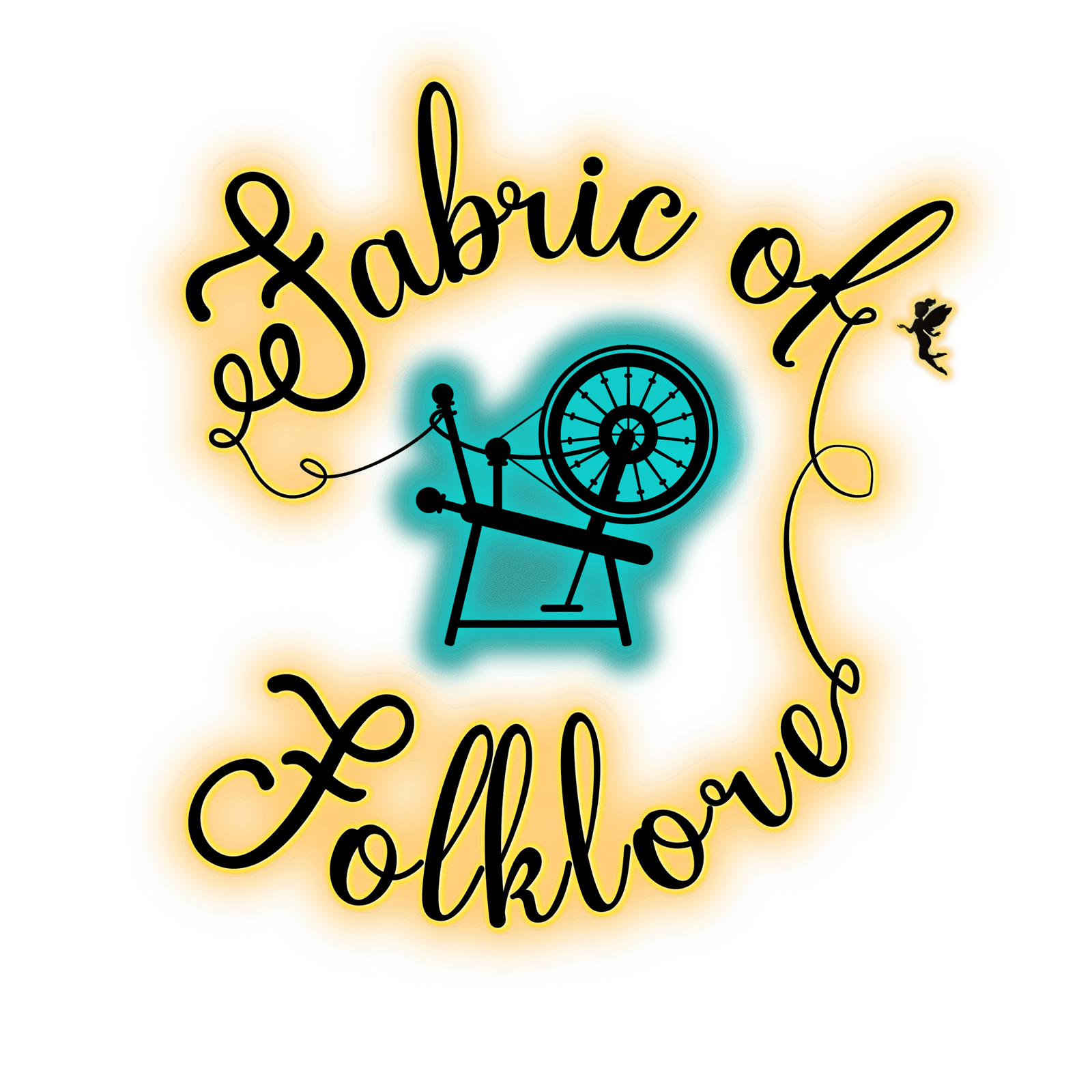
/
RSS Feed
Dr. Kristina Downs Have we replaced the role of fantastical monsters with serial killers? What is the impact of true crime in online communities? Dr. Kristina Downs, the executive director of the Texas Folklore Society, as well as an assistant professor of English at Tarleton State speaks to us on all things folklore and crime. We explore some urban legends, where they came from, how they affect our interpretations of specific behavior and how we sometimes act out legends without realizing it. We discuss what folklore is, what a folklorist does, and why the work of folklorists is important.
